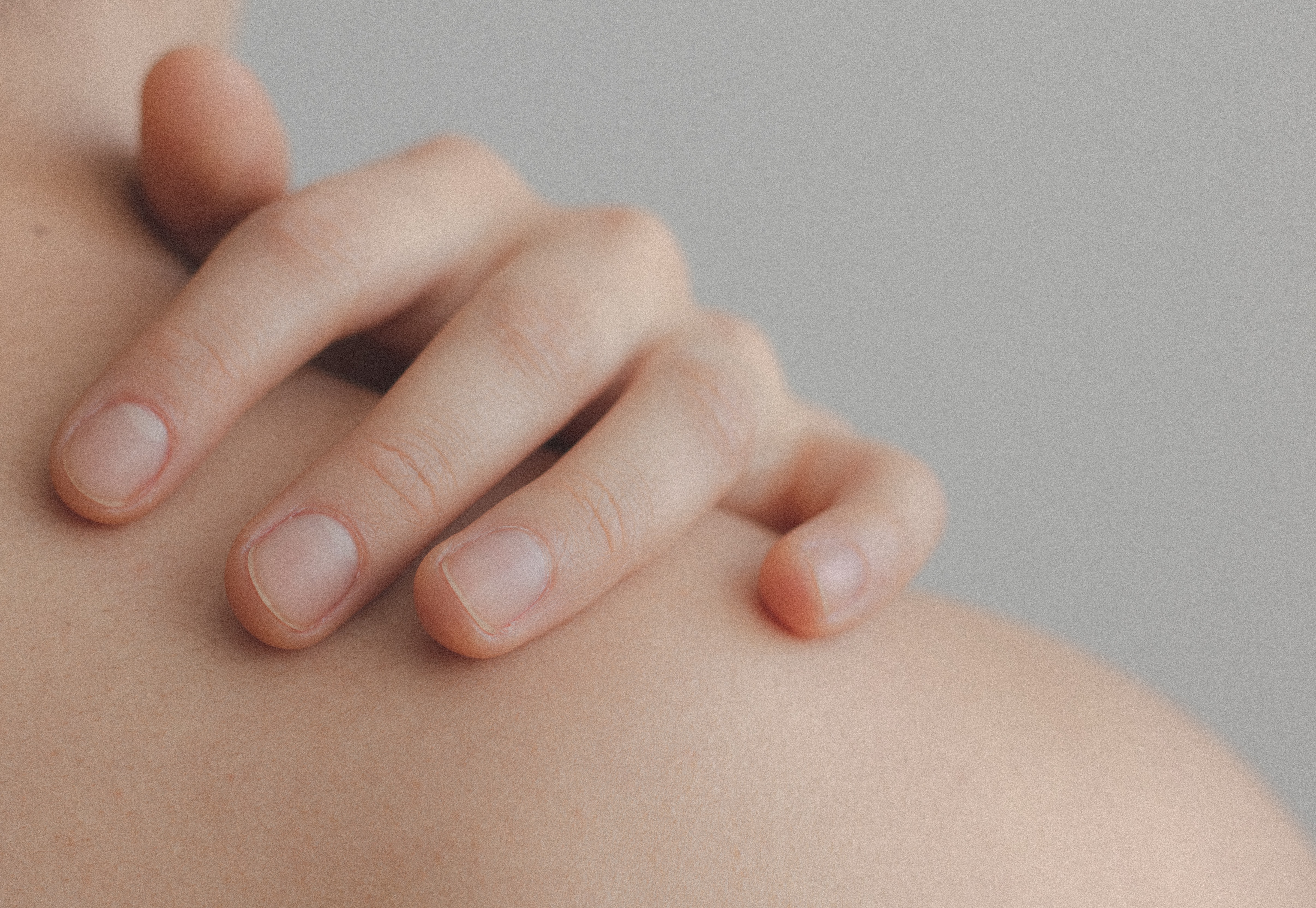
Take this skin quiz to find the best ingredients for your skin and build your skin care routine.
Take The Skin Quiz
Vitamin E is a supplement rich in antioxidants which help to neutralize the free radicals that affect your skin. Vitamin E is used to condition environmentally-exposed skin, help to keep the surface as intact as possible, as well as help with sunspots.
The National Institute of Health has documented the effectiveness of using vitamin E. There are eight types or forms of vitamin E, and the two most common are tocopheryl acetate and tocopherol, both of which are in many skincare products.
There are many ways to use vitamin E to help treat your sunspots, internally and externally. The recommended dose to take is 400 I.U. in the morning, as well as in the evening. You can also puncture the capsule and use the oil directly on the spots. Wheat germ is the most natural form of vitamin E, though the capsules are more common to use. A diet that is rich in vitamin E is beneficial, as well as adding vitamin C to your daily oral dosage. Using a serum that has vitamin E
Before adding vitamin E to your skincare, you should perform a patch skin test. In its pure form, vitamin E can cause a dermatitis-type of reaction. As stated before, it is best to use vitamin E on normal or even dry skin in comparison to sensitive skin, as you may suffer from some discomfort and topical redness. If you are acne-prone, be aware that oil may clog pores, so be sure to use the oil in conjunction with a good cleansing and exfoliating routine. Some studies have also shown that taking a dosage higher than 1200 I.U. may affect your metabolism and your body’s ability to absorb vitamins A and K. In some instances, vitamin E can have adverse affects on the skin when combined with Retinol and vitamin A.
By using vitamin E on your skin, you will get added benefits. Being an antioxidant, it helps to keep your skin smooth and the lipids fresh. It is excellent for helping to maintain balance, as well as helping to restore your skin’s natural barrier.
Pores are itsy-bitsy openings in the skin—and there are millions covering every millimeter of skin. There are two types of pores with different functions: sweat pores and oil pores. The sweat pore allows moisture, produced by sweat glands, to exude out to the surface of the skin, where it helps to cool the body in response to heat, exertion or fever. Sweat pores are so tiny, they are mostly invisible to the human eye.
The oil pore, on the other hand, is a bit larger. Oil pores are also known as hair follicles because these pores produce oil from the sebaceous glands, but they are also the openings from which hair emerges. The oils help to keep our skin and hair healthy. It is the oil pores that can get clogged with sweat, debris and other gunk, causing acne, blackheads and whiteheads. Sweat pores rarely get clogged, as they are so tiny.
Benzoyl peroxide is a topical agent for fighting bacteria and unclogging pores. It is one of the longest-used medications to keep pores clean and healthy. Jojoba oil and rosehip oil are also good for reducing inflammation, fighting bacteria, and keeping in moisture for healthier skin. Ingredients that help exfoliate dead skin cells and increase new skin cell production, such as Vitamin A/Retinol, glycolic acid, and salicylic acid, are good for keeping pores unclogged as well.
vitamin E may be effective for clogged pores, but there are many other factors that may affect whether this ingredient would work on your skin or if there are better ingredients that may work for you. Take this skin quiz to find the best ingredients for your skin and build your skincare routine.
Next: Does lactic acid work on oily skin ?